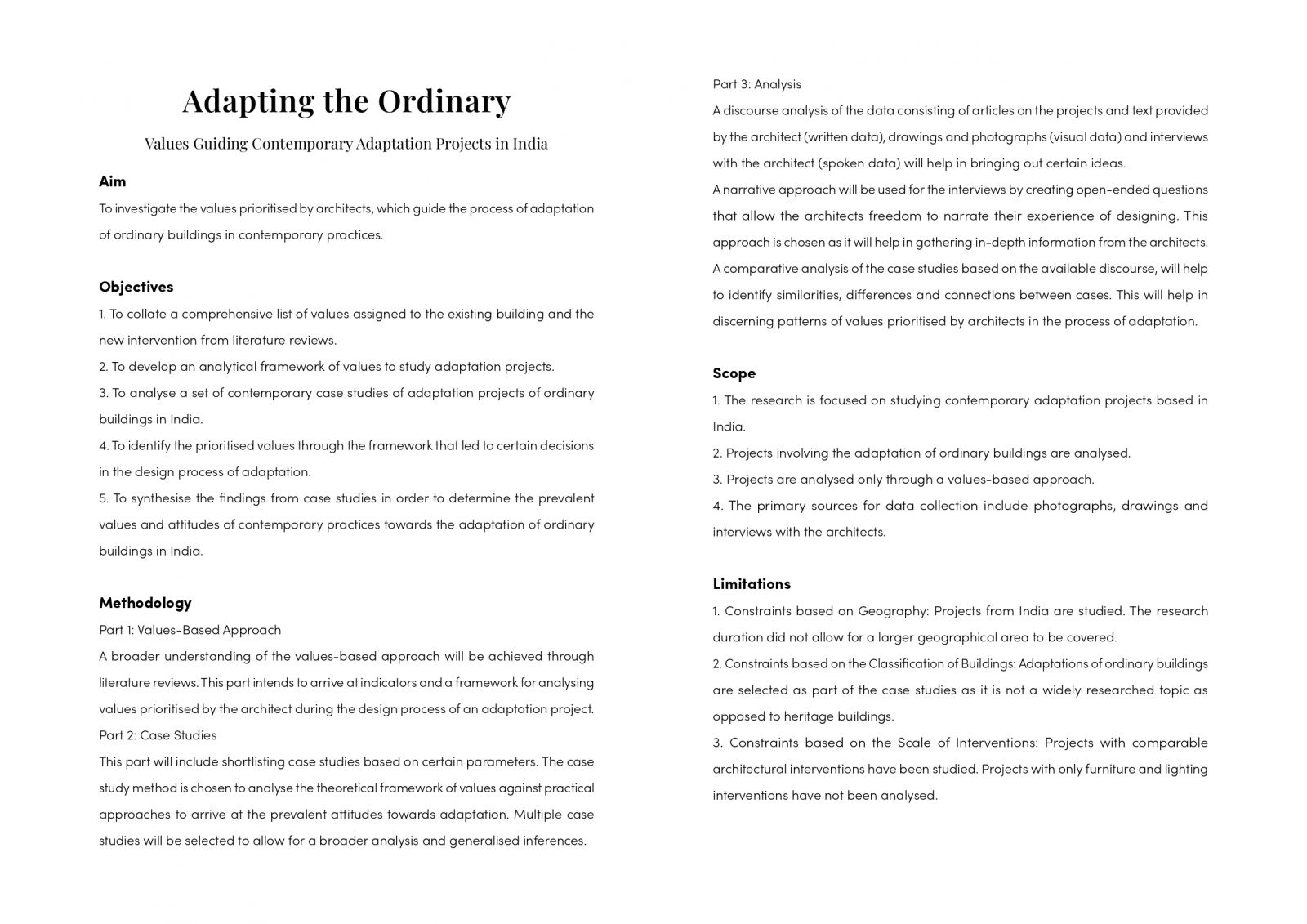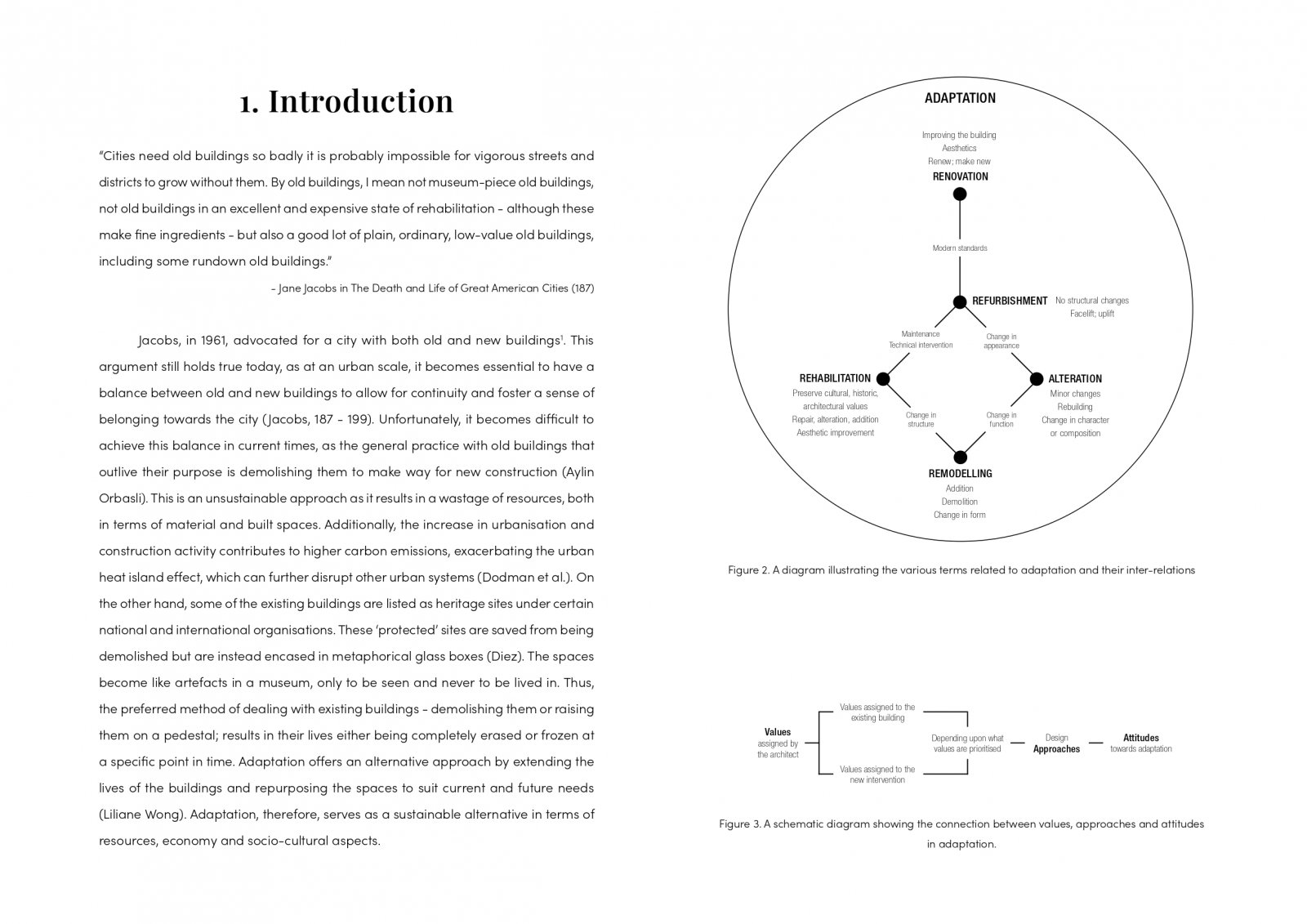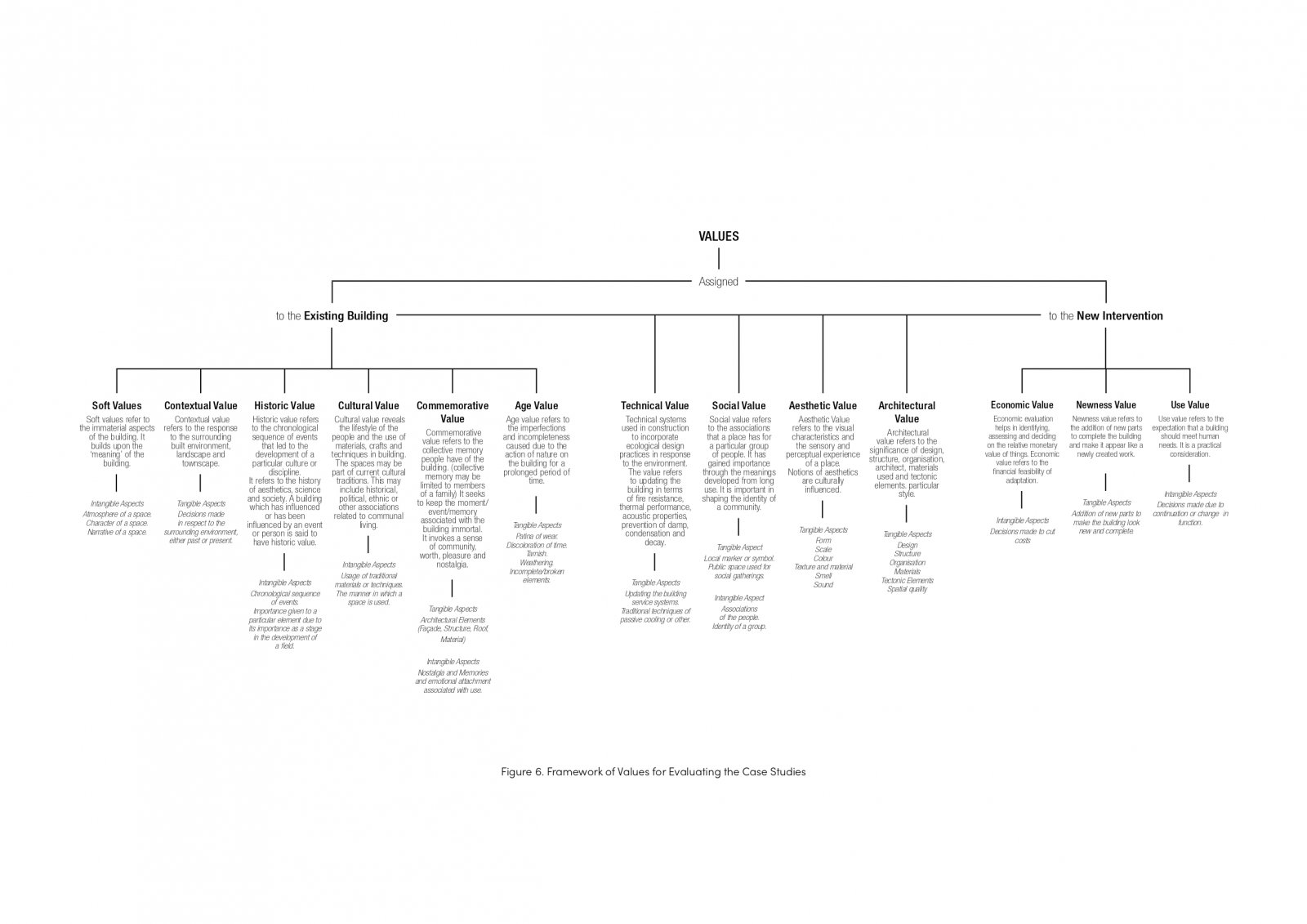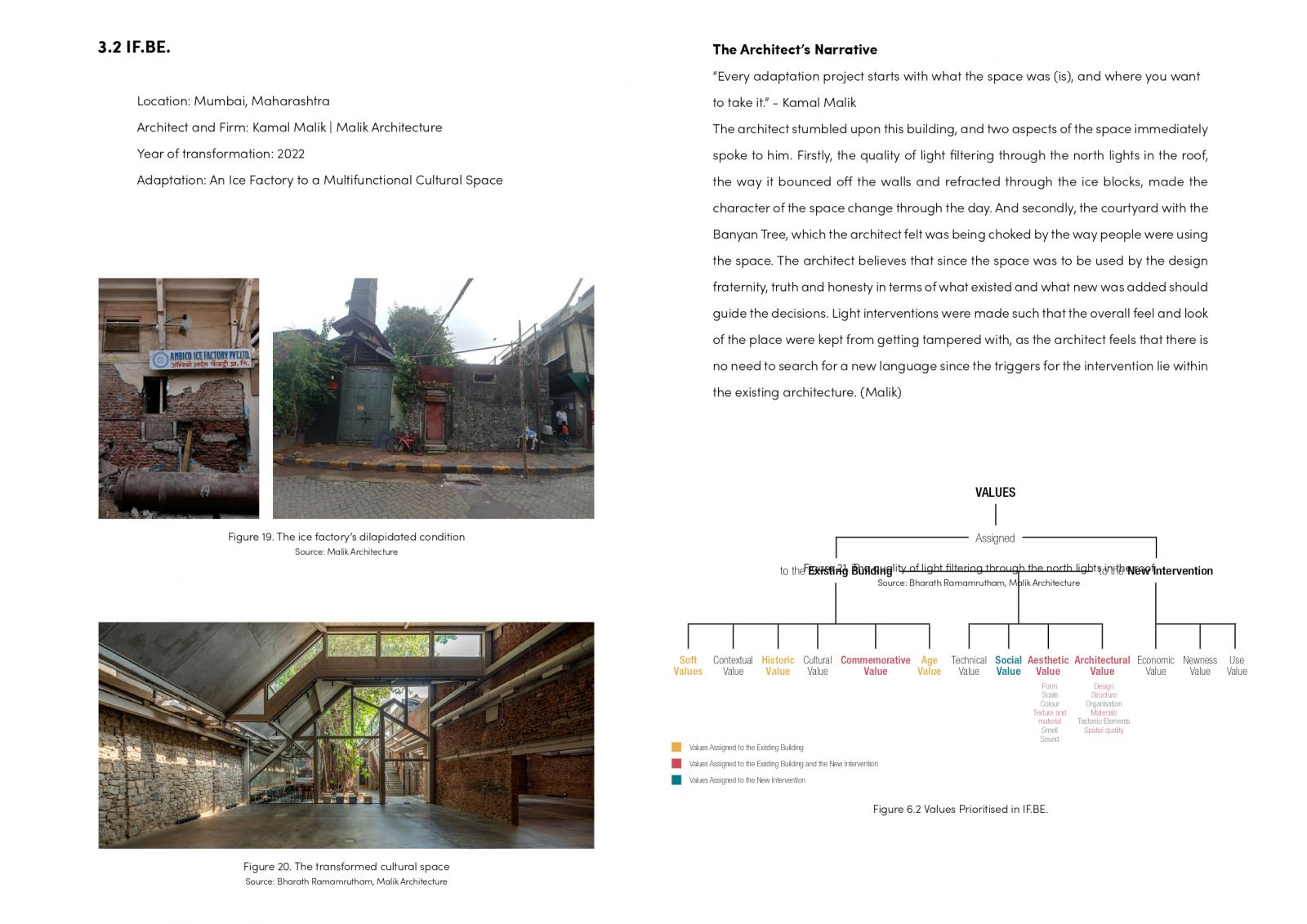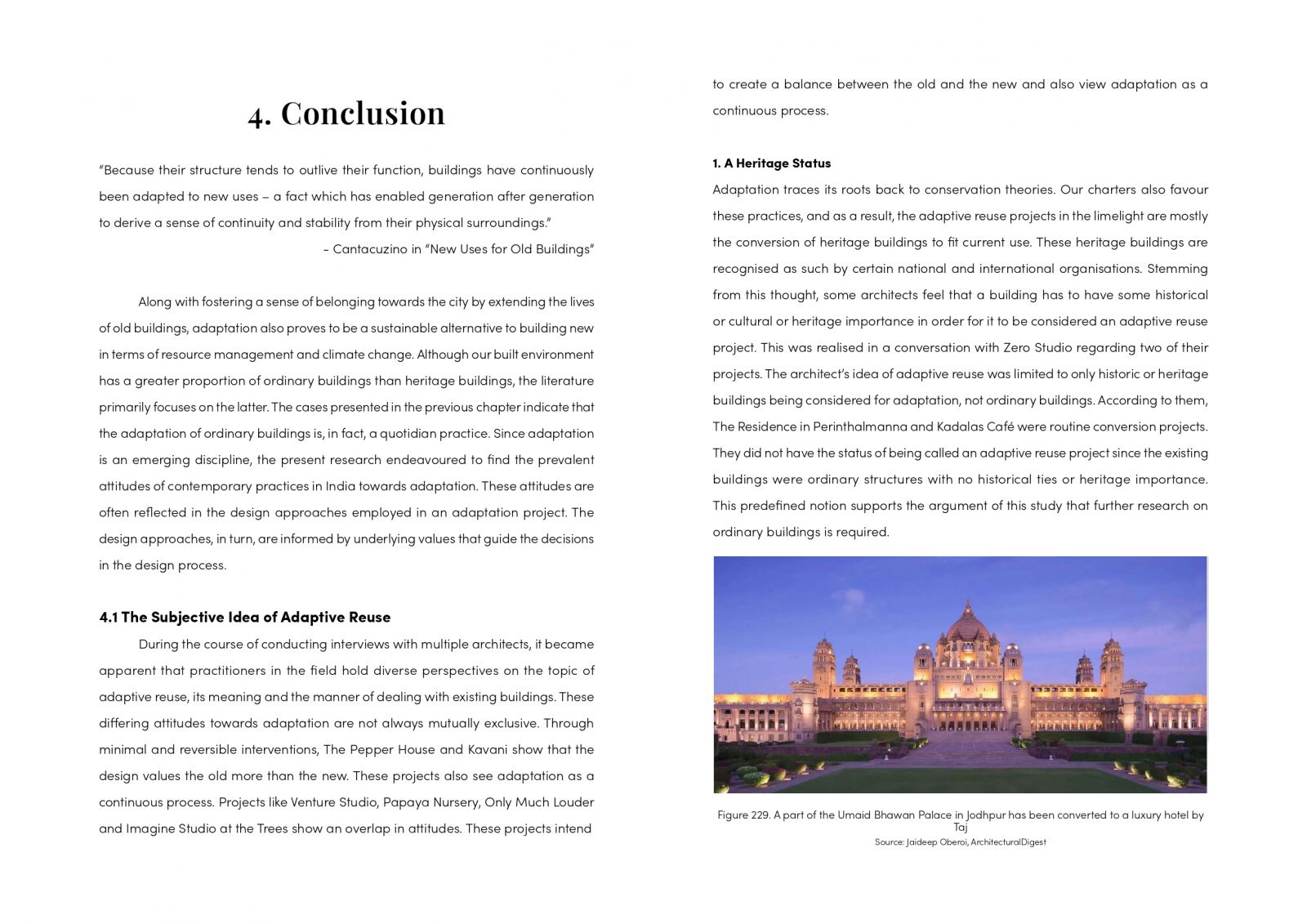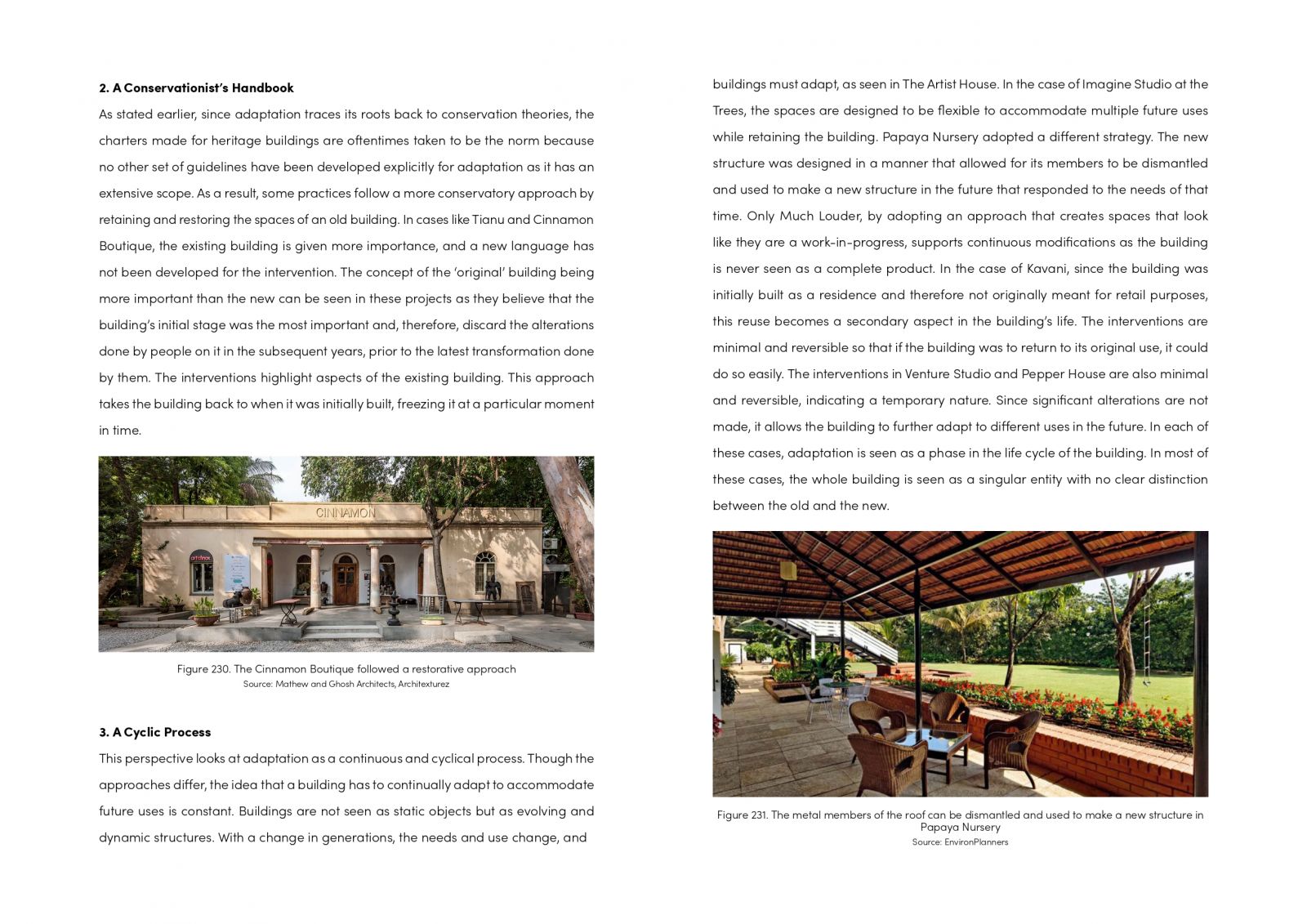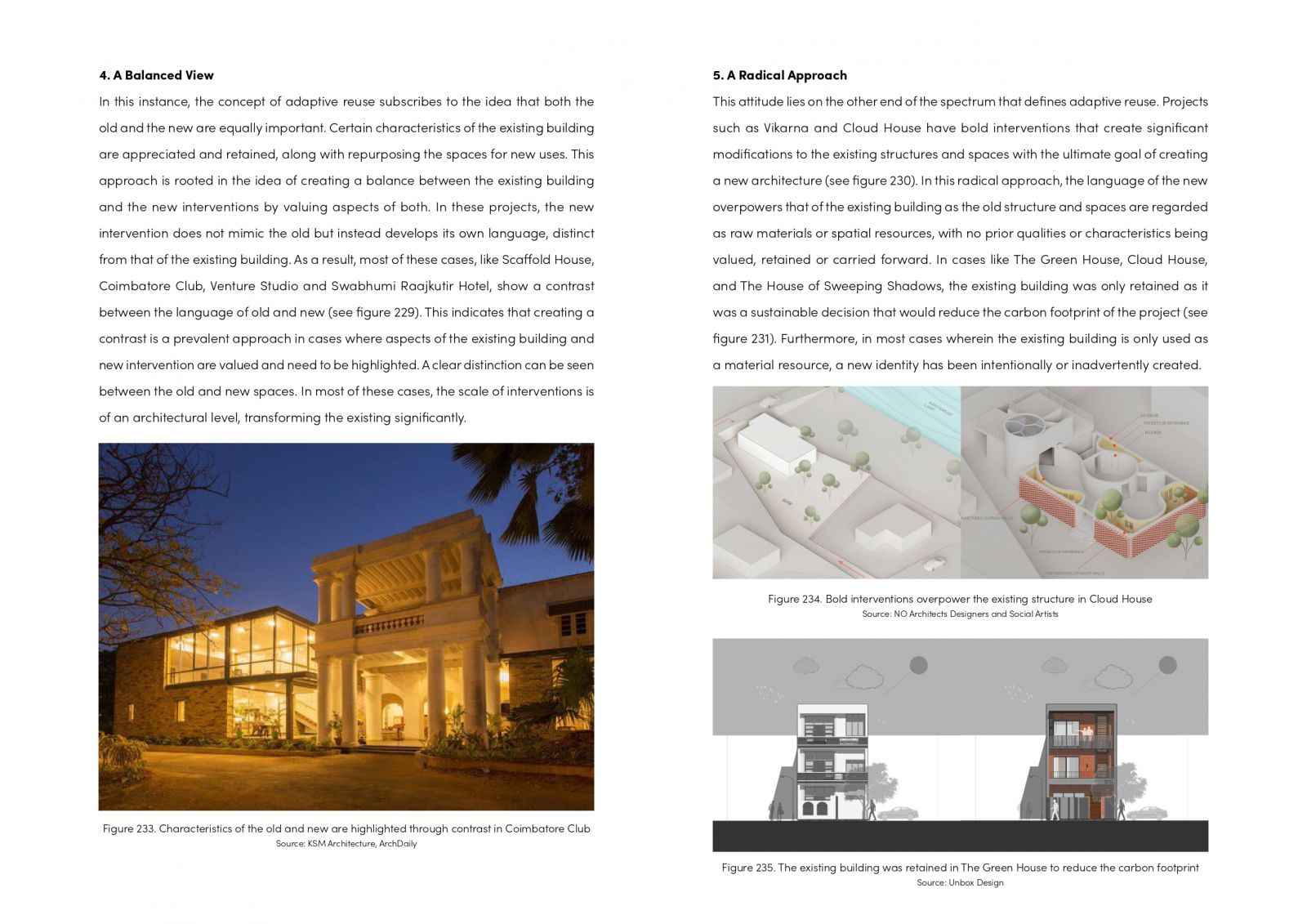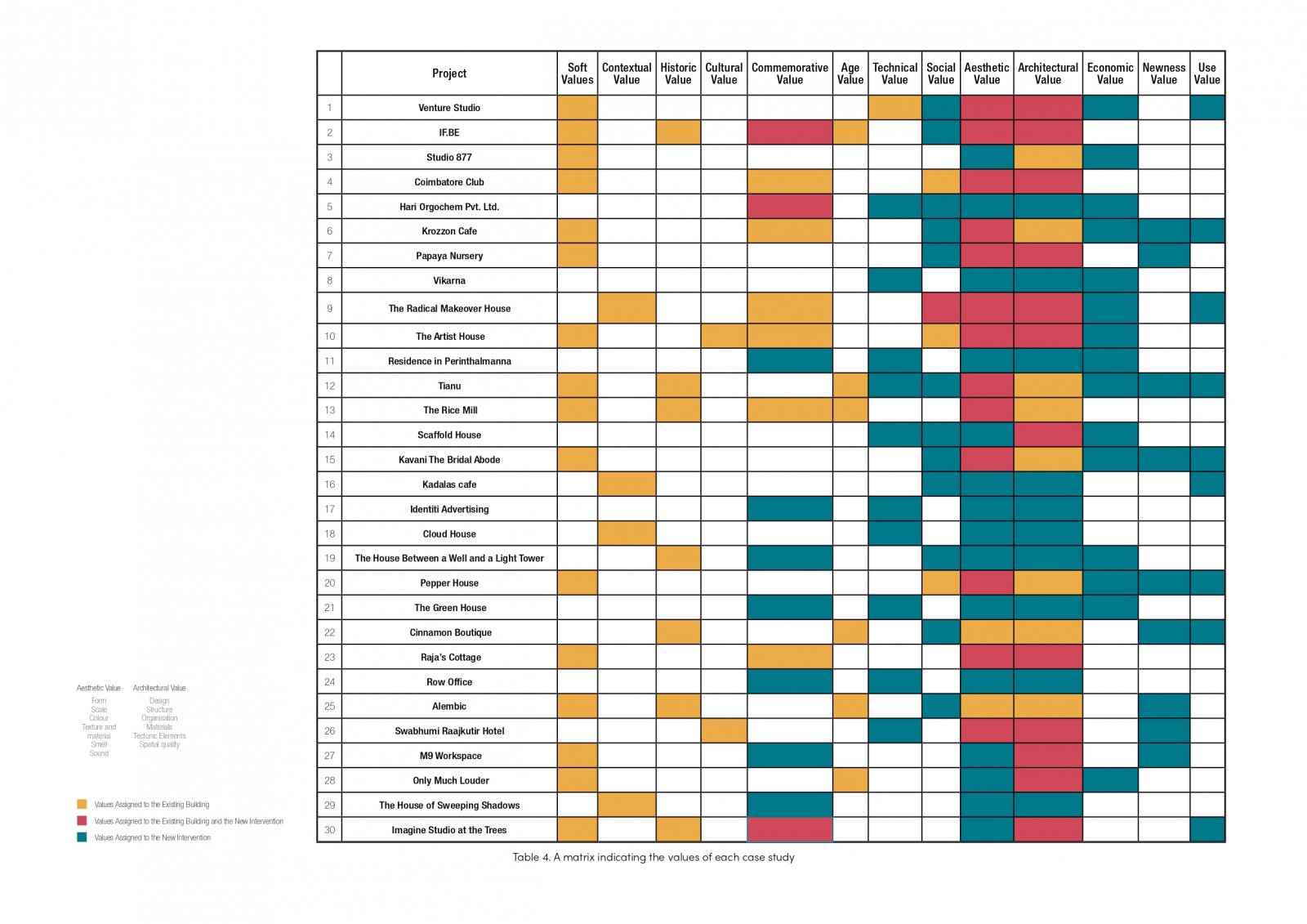Your browser is out-of-date!
For a richer surfing experience on our website, please update your browser. Update my browser now!
For a richer surfing experience on our website, please update your browser. Update my browser now!
Adapting the Ordinary: Values Guiding Contemporary Adaptation Projects in IndiaOur cities have a large building stock. The preferred method of dealing with these existing buildings is either demolishing them if they no longer serve a purpose or raising them on a pedestal if they offer some heritage value. This results in their lives being completely erased or frozen at a specific point in time. Adaptation, however, offers an alternative approach by extending the lives of the buildings and repurposing the spaces to suit the current needs. Additionally, in terms of resource management and climate change, adaptation proves to be a sustainable alternative. For a considerable period, people have been informally adapting the built environment. However, as a formal discipline, the practice of adaptation has only recently begun to emerge, thus leading to certain gaps in its literature. Since the origins of adaptation can be traced back to conservation theories, there is a predominant focus on adapting heritage structures rather than ordinary buildings in literature. Although adaptation projects of ordinary buildings exist in India, they are not widely discussed in literature. Therefore, this research will present case studies of ordinary buildings being adapted. Adaptation of an existing building involves a reassessment of its values. The research borrows the idea of using values from conservation theories to analyse the adaptation of ordinary buildings through the design process. This knowledge will aid in identifying the prevalent attitudes of contemporary practices towards adaptation in India. The research will be valuable to architects and students interested in the adaptation process. Additionally, as the field of adaptation is an emerging discipline, the findings may also interest individuals involved in teaching the subject and pursuing academic research.
